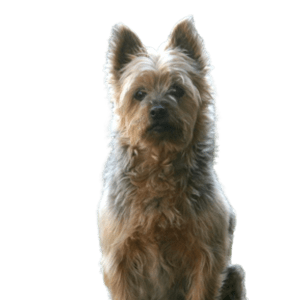Silky Terrier

“Yorkshire Terriers had been delivered to Australia from England In the late 1800s. These puppies had striking metallic blue and tan coat colors and had been bred with the local blue and tan Australian Terriers to enhance the latter’s coat color. Both the Yorkshire Terrier and the Australian Terrier were recent developments, being the product of blending many different terrier breeds. A few of those puppies had been given a brand new name, Silky Terriers, as they felt they had been the start of a separate breed with an intermediate size and coat length. Because the breed was advanced in distinct regions of Australia, those puppies could be different in height and weight. They have accepted a revised standard encompassing all areas.
In 1926, with accepted weights being the tiny scope of a compromise. The breed was popularly referred to as the Sydney Silky Terrier in Australia. In 1955 modified, its name to the Australian Silky Terrier. In America, the name was modified to Silky Terrier in 1955. Although now no longer a rare breed, the Silky Terrier has been relatively slow in attracting admirers and is only moderately famous”
- Type - Toy
- Weight -8-11 lb
- Height- 9-10"
- Family -Terrier
- Date of Orgin-Late 1800s
- Area of Orgin -Australia
- Other Names -Sydney Silky, Australian Silky Terrier
Energy Level
Exercise Requirements
Playfulness
Affection Level
Friendliness To Dogs
Friendliness To Other Pets
Friendliness To Strangers
Watchfulness
Ease of Training
Grooming Requirements
Heat Sensitivity
Vocality
Temperement
The Silky Terrier is no mellow lapdog. They are usually bold, feisty, inquisitive, training and playful, ever prepared for action—a terrier at heart. They may be assertive towards different puppies or pets. However, they are frequently clever, can have a tendency to be stubborn, and maybe mischievous. They have a tendency to bark a lot.
Upkeep
This is an energetic breed requiring slightly more workouts than other small breeds. They revel in a mild stroll on a leash, however they specifically just like the chance to play around on their own in a secure area, such as a fenced yard. Much of their workout necessities may be met with energetic indoor games or stroll outside. Their coat desires brushing or combing every alternate day.
Health
“Major diagnosis: none
Minor diagnosis: patellar luxation, Legg–Perthes
Occasionally seen: diabetes, epilepsy, tracheal collapse, allergies, Cushing’s
Suggested tests: knee, eye
Life span: 11–14 years”
Disclaimer
Note: While the characteristics mentioned here may frequently represent this breed, dogs are individuals whose personalities and appearances will vary. Please consult the adoption organization for details on a specific pet.
